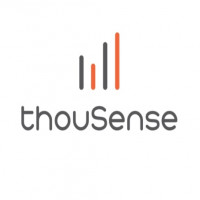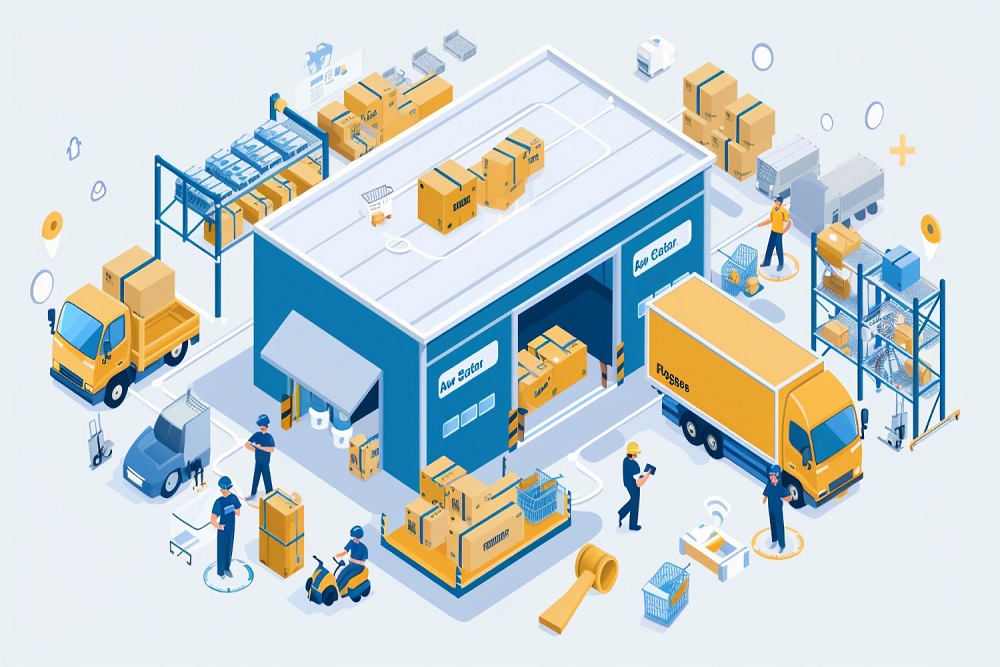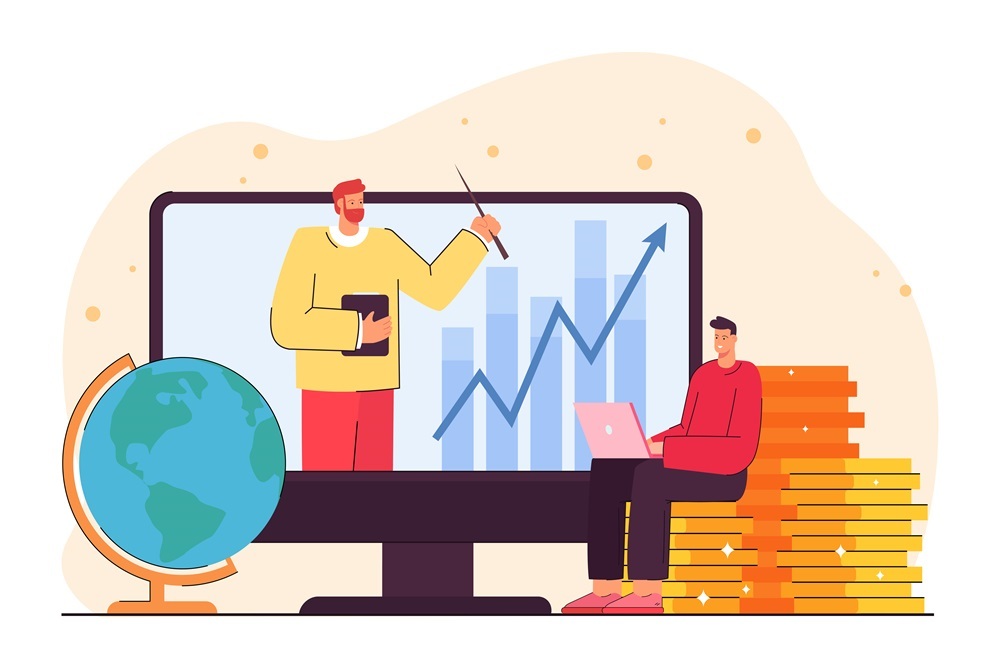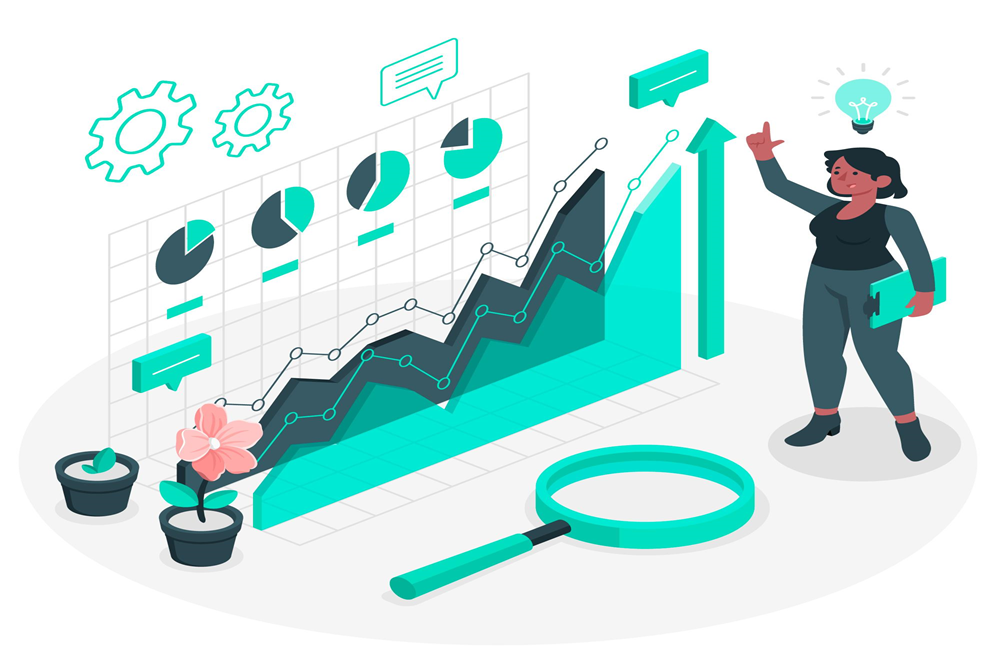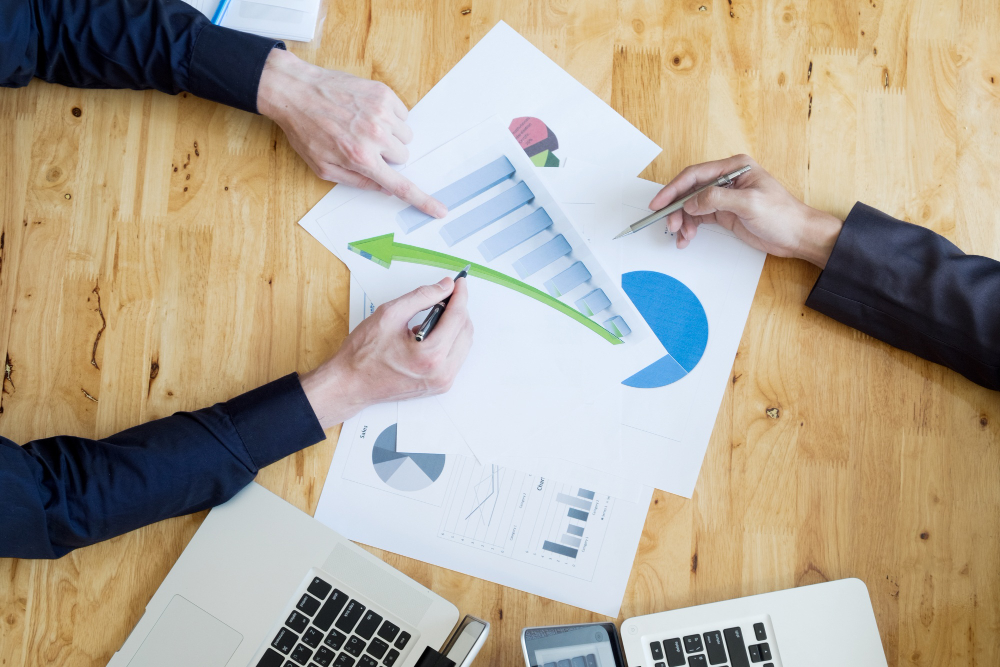Demand Forecasting: Why It Matters and How It Works
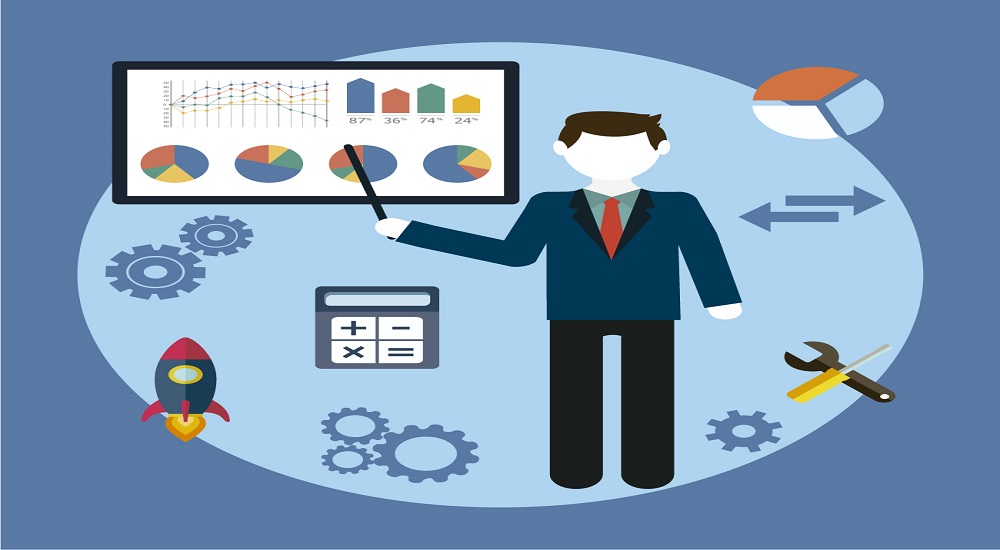
Strong 8k brings an ultra-HD IPTV experience to your living room and your pocket.
In today’s fast-paced business world, staying ahead of the competition often boils down to one critical skill: anticipating the future. Businesses need to understand what their customers want, how much of it they’ll need, and when they’ll need it. This is where demand forecasting comes in. It’s not just a technical term—it’s a lifeline for companies growing to meet customer expectations while keeping costs under control. But what exactly is demand forecasting, and how can it help your business grow? Let’s explore.
What is Demand Forecasting and Why Does It Matter?
Demand forecasting is the process of predicting future customer demand for a product or service. By analyzing historical data, market trends, and consumer behavior, businesses can estimate how much of a product will be needed in the future. It’s like having a road map that guides you toward efficient operations, better decision-making, and satisfied customers.
Why is this so important? Imagine running out of stock just when your product is in high demand, or having warehouses filled with unsold items. These scenarios can hurt your bottom line and tarnish your reputation. Demand forecasting minimizes such risks, ensuring that your business is always prepared.
The Importance of Demand Forecasting
Demand forecasting is more than a planning tool—it’s a strategic advantage. Here’s why every business, big or small, should prioritize it:
Better Resource Management
When businesses know what to expect, they can allocate resources more efficiently. This means ensuring you have the right amount of raw materials, labor, and equipment ready to meet customer needs without overextending.
Enhanced Customer Satisfaction
Have you ever visited a store only to find your desired product out of stock? It’s frustrating, isn’t it? Demand forecasting helps businesses avoid this scenario by maintaining optimal inventory levels, ensuring customers get what they want, when they want it.
Cost Reduction and Waste Minimization
Overproduction leads to excessive costs and waste, while underproduction results in lost sales opportunities. Demand forecasting strikes the perfect balance, helping businesses save money and operate more sustainably.
How Demand Forecasting Works
So, how does demand forecasting actually work? While it might sound complex, the process can be broken down into simple, actionable steps.
Types of Demand Forecasting
There are two main types of demand forecasting, each suited to different business needs:
-
Qualitative Methods:
These rely on expert opinions, market research, and consumer surveys. They’re particularly useful for new businesses or products without historical data.
-
Quantitative Methods:
These involve statistical models and historical data analysis. They are ideal for established businesses with reliable sales data.
Many businesses use a combination of both methods to create more accurate forecasts.
The Demand Forecasting Process
The process of demand forecasting involves several key steps:
-
Data Collection
The first step is gathering data. This includes historical sales records, market trends, customer feedback, and external factors like seasonality and economic conditions. The more comprehensive the data, the better the forecast.
-
Data Analysis and Interpretation
Once the data is collected, it’s analyzed to identify patterns, trends, and outliers. This step often involves using tools like spreadsheets, specialized software, or AI-based platforms.
-
Application of Forecasting Models
After analyzing the data, businesses apply forecasting models to predict future demand. These models can range from simple moving averages to complex algorithms, depending on the business’s size and requirements.
-
Continuous Monitoring and Adjustments
Markets are dynamic, so forecasts need to be revisited and updated regularly. Continuous monitoring ensures that businesses can adapt to changes effectively.
Benefits of Effective Demand Forecasting
When done right, demand forecasting can transform the way a business operates. Here’s how it makes a difference:
Improved Inventory Management
Maintaining the right level of inventory is crucial. Too much stock ties up capital and storage space, while too little can lead to stockouts. Demand forecasting ensures you have just enough inventory to meet demand without overstocking.
Better Financial Planning
Accurate forecasts help businesses predict revenue, set budgets, and plan investments. This financial foresight can be the difference between thriving and merely surviving.
Gaining a Competitive Edge
In a competitive market, being prepared gives you an edge. With demand forecasting, you can respond quickly to market changes, outpace competitors, and capitalize on emerging opportunities.
Minimized Risk
By identifying potential risks such as seasonal fluctuations or supply chain disruptions, demand forecasting allows businesses to take proactive measures to mitigate them.
Challenges and Solutions in Demand Forecasting
While demand forecasting offers numerous benefits, it’s not without challenges. Here’s a closer look at the common hurdles and how businesses can overcome them:
Common Challenges
-
Inaccurate Data:
The quality of a forecast depends on the quality of the data. Incomplete or outdated information can lead to unreliable predictions.
-
Market Unpredictability:
Sudden changes in consumer behavior or economic conditions, like a pandemic or a sudden surge in demand, can disrupt even the most accurate forecasts.
-
Complex Supply Chains:
For businesses with global supply chains, coordinating data across multiple regions and suppliers can be challenging.
Overcoming Challenges
-
Leverage Advanced Tools:
Modern forecasting tools powered by artificial intelligence and machine learning can process vast amounts of data quickly and accurately.
-
Regular Updates:
The market is constantly evolving, and so should your forecasting models. Regular updates ensure your predictions stay relevant and accurate.
-
Collaboration Across Teams:
Encourage collaboration between sales, marketing, and supply chain teams to create an approach to demand forecasting.
Real-World Applications of Demand Forecasting
Businesses across industries rely on demand forecasting to optimize their operations. Here are a few examples of how it’s applied in different sectors:
-
Retail:
Retailers use demand forecasting to determine how much stock to order for each season, ensuring they meet customer demand without overstocking.
-
Manufacturing:
Manufacturers predict the volume of raw materials needed to meet production goals while minimizing waste.
-
Healthcare:
Hospitals and pharmacies forecast demand for medical supplies, especially during peak seasons or emergencies.
-
E-commerce:
Online stores analyze customer data to anticipate product trends and ensure they’re ready to meet demand.
The Role of Technology in Demand Forecasting
Technology has revolutionized demand forecasting, making it faster, more accurate, and more accessible. Tools like advanced analytics software, machine learning algorithms, and cloud-based platforms allow businesses to process data in real-time and generate actionable insights. For instance:
-
AI-Powered Forecasting Models:
These models use complex algorithms to identify patterns and make highly accurate predictions.
-
Integration with ERP Systems:
Modern forecasting tools can integrate seamlessly with enterprise resource planning systems, enabling better coordination and visibility across departments.
-
Visualization Tools:
Dashboards and charts make it easier to interpret forecasting data and communicate it to stakeholders.
Conclusion
Demand forecasting is a critical component of successful business operations. By predicting customer needs, businesses can optimize resources, reduce costs, and deliver exceptional value to their customers. Whether you’re a startup or an established enterprise, mastering demand forecasting can give you a significant competitive advantage. The key lies in choosing the right tools, involving the right people, and continuously refining your processes.
If you haven’t started leveraging demand forecasting yet, now’s the time. Take the first step toward smarter planning, better decisions, and sustained growth.
FAQs
-
What is demand forecasting in simple terms?
Demand forecasting is the process of predicting future customer demand for a product or service based on historical data and market trends.
-
How does demand forecasting benefit small businesses?
Small businesses can use demand forecasting to manage inventory, reduce waste, plan budgets, and ensure they meet customer needs efficiently.
-
What tools are commonly used in demand forecasting?
Popular tools include Microsoft Excel, Tableau, SAP, Oracle, and AI-powered platforms for advanced forecasting.
-
Can demand forecasting predict sudden market changes?
While it can identify trends and patterns, sudden changes like economic shifts or natural disasters require adaptive and flexible forecasting models.
-
How often should businesses update their forecasting models?
It’s recommended to update forecasting models quarterly or semi-annually, depending on the market dynamics and industry requirements.
Note: IndiBlogHub features both user-submitted and editorial content. We do not verify third-party contributions. Read our Disclaimer and Privacy Policyfor details.

